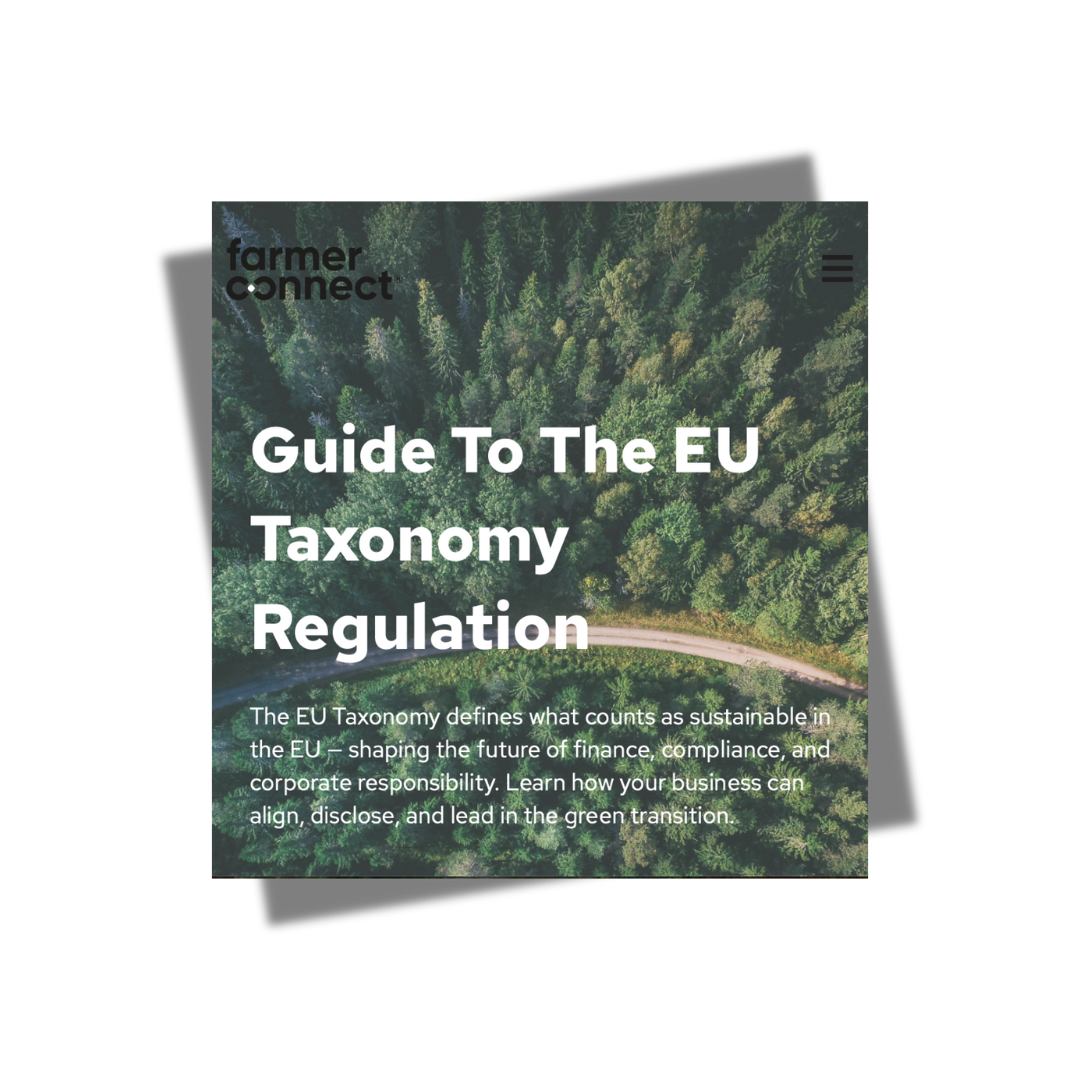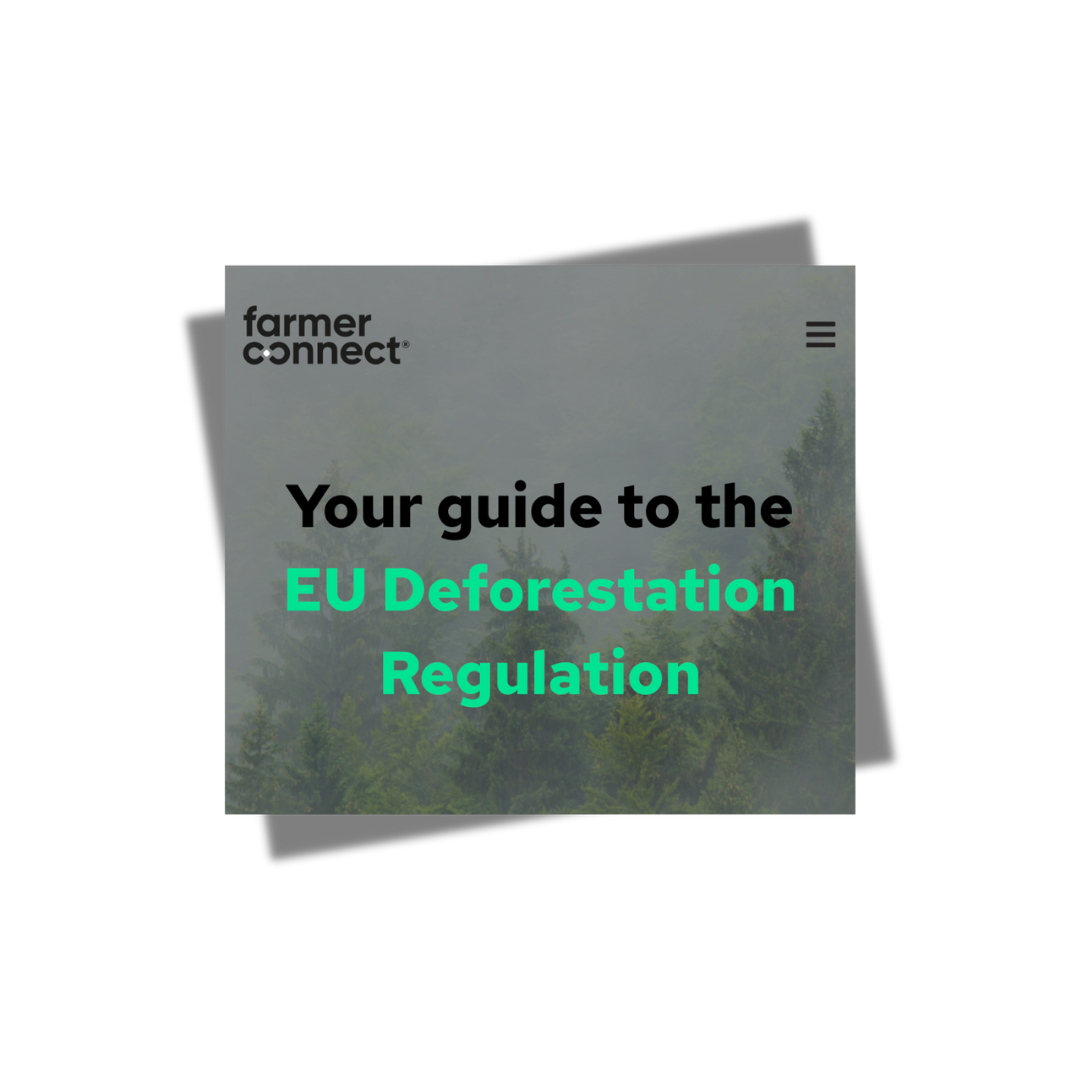If you haven’t already heard of the EU Deforestation Regulation (EUDR), then you can probably stop...
Guide To ESPR: The Ecodesign For Sustainable Products Regulation
The European Union’s product policy aimed at improving sustainability across the internal market. It sets rules to make products more durable, repairable, and recyclable.
Our Compliance SolutionUnderstanding Ecodesign For Sustainable Products Regulation (ESPR)
ESPR stands for Ecodesign for Sustainable Products Regulation. It’s the EU’s new rulebook to make products more sustainable, durable, and easier to repair or recycle. The regulation establishes a digital product passport, provides a setting of mandatory green public procurement requirements and creates a framework to prevent unsold consumer products from being destroyed. Bridging from the previous Ecodesign Directive, it brings a wave of new changes, including the addition of the Digital Product Passport (DDS), which is a mandatory to include machine-readable passport along with impacted product imports.
ESPR impacts any physical goods that are placed on the EU market or put into service (both components & intermediate products), such as textiles, furniture, and paints.
In 2019, the EU’s material footprint was 18.7 tonnes per capita, the second highest in the world after North America. The EU, (6% of the world’s population), consumed 17% of all raw materials extracted in 2019. 5 The ESPR's objective is to improve the sustainability of products, which ultimately means to reduce raw material extraction for products consumed in the EU.
ESPR Scope
Practically everything apart from a few exceptions such as:
-
Food
-
Animal feed
-
Medicinal products
-
Veterinary medical products
-
Living plants, animals and micro-organisms
Priority Products
The scope of ESPR is wide ranging and focuses on a number of priority products
-
11 final products: textiles and footwear, furniture, tyres, bed mattresses, detergents, paints and varnishes, lubricants, cosmetics, toys, fishing gears, absorbent hygiene products.
- 7 intermediate products: iron and steel, commodity chemicals, non-ferrous, non-aluminium metal products, aluminium, plastic and polymers, pulp and paper, glass.
EU Tentative Timeline

ESPR Sets Design Rules So Products Would...
Be longer lasting
Be easier to repair
Create less waste
Be traceable and transparent
ESPR In Practice
Imagine you were buying a dishwasher:
✅ Under ESPR, it should be energy-efficient, repairable, and come with information on parts, durability, and how you can recycle it.
🛑 Manufacturers will not be allowed to manufacture the product in a way that it could not be fixed. Nor can they claim it’s “green” without proof.
Key Requirements For ESPR Compliance
Product Design & Development
Integrate sustainability from the start. Products must be designed for:
Durability
Repairability
Recyclability
Energy/resource efficiency
Use recycled materials where required
Avoid harmful substances flagged by EU (i.e. Substances of Very High Concern)
Data Gathering & Documentation
Track and record material composition, energy use, and product life cycle data
Assess carbon footprint, water usage, and repairability score, if applicable
This data is critical for the next step: the Digital Product Passport
Creating a Digital Product Passport (DPP)
For each product, generate a Digital Product Passport, which must include:
Materials used
Repair and disassembly info
Recycling instructions
Environmental performance metrics
Compliance certificates
Must be digitally accessible (QR code, RFID tag, website, etc.)Labelling & Transparency
Clearly label products with eco-design features (e.g., energy class, repair rating).
No greenwashing: Claims must be fact-based and verifiable.
Include environmental claims only if independently certified or backed by evidence.
Supply Chain Alignment
Work with suppliers to ensure traceability of materials and data availability.
May require contract updates and new audit processes for compliance.
Internal Systems & Auditing
Set up internal processes to:
Track compliance per product category
Maintain audit trails
Respond to EU checks or enforcement action
⚠️ Expect audits and market surveillance from national authorities
The Farmer Connect Solution
Track materials, components, and sourcing data across the supply chain to support ESPR obligations on origin, composition, and sustainability performance.
Engage upstream suppliers for required sustainability and performance data — including verification for circularity, hazardous substances, and energy efficiency
Gather and manage carbon footprint, water use, recycled content, durability, and repairability data — all in one structured platform, ready for reporting.
As the EU rolls out delegated acts per product category, Farmer Connect ensures you’re ready — with modular data systems and built-in flexibility.

Your Compliance Summary Checklist
Download our ESPR compliance check list to get an easy overview of primary tasks to cover in order to be compliance ready.
Get In Touch
Our Other Guides
farmer connect is a tech solution that helps companies streamline their compliance and reporting requirements. Through integration and automation, we can ensure error proof and fast data centralisation and the automated generation of reports according to reporting standards.
Relevant News

The Gateway To Compliance Heaven: Gateway Check

The combined platform supports agribusinesses in meeting EU Deforestation Regulation (EUDR) and...


